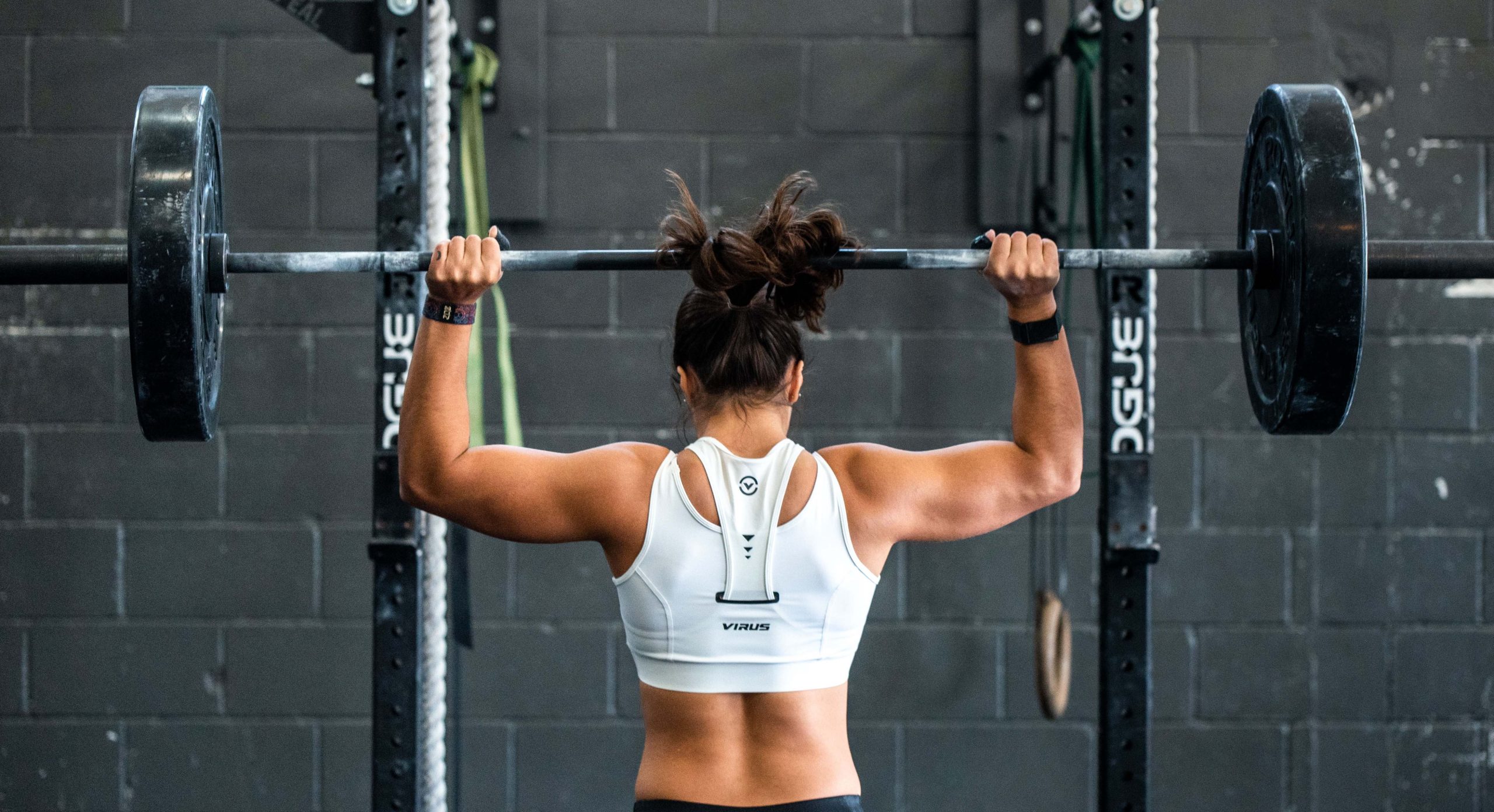Red-light therapy provides a significant contribution to athletes in two ways: extra energy and improved muscle recovery.
As a professional athlete, and even as a serious non-professional athlete, you already do a lot to support your workout as best as possible. You strive, possibly with varying success, to maintain a healthy lifestyle. However, one of the most basic sources of energy, namely light, especially red light, is often underutilised.

Science has discovered red light, with over 5,000 studies in the limited category of peer-reviewed research alone. But the positive news that emerged from these studies has not always been well-communicated to the general public. Many people are still unaware that red light is capable of charging human cells. While this is extremely important news, not enough people are aware of it. Harvard professor Michael Hamblin suspects that once this news reaches the masses, it won’t be long before every household is equipped with a red-light panel.
What is already known is that nutrition, especially nourishing food, provides us with energy. But how about light? Yes, light is capable of this, and the reason is that the cells in our bodies are equipped with powerhouses called mitochondria, which can absorb light to recharge themselves. Well-charged cells can perform better, keeping us young and healthy. And in the case of damage, such as sports-related injuries, cells with energy-rich mitochondria promote muscle recovery.
Increased strength and accelerated muscle recovery
At its core, sports involve damage and recovery. Your body is challenged, resulting in micro-level damage, and then it undergoes recovery and becomes stronger than before. In this way, you slow down the aging process and build a more resilient version of yourself. This exhausting and constructive process can benefit from some support. That’s why paying extra attention to nutrition, supplementation, and sleep is not a luxury. But now, thanks to modern technology and scientific research, there is also an efficient way to support the body. You can sit in front of a panel that emits an incredible amount of red light. I find this experience exceptionally pleasant every day, and that’s just the sensory aspect. Bathing in the light is nothing short of a delight, especially when accompanied by the pleasant warmth of red light therapy. But the light offers more than just a feeling. It is deeply rooted in scientific knowledge.
Not only does red light promote muscle recovery, it even benefits the bones, which often bear invisible heavy loads during sports. Author Mark Sloan writes in his book “Red Light Therapy – Miracle Medicine” about the positive influence of red light on bone density. He draws from various studies conducted on this subject and concludes this part of his book by stating that red-light therapy should be one of the first forms of treatment after bone fractures or physical injuries to promote recovery. Another writer on red light, Stephanie Hallett, author of the book “Healing with Red Light,” witnessed the effects of red light up close. Her husband was able to do more strenuous exercises and recover faster after using the light.


Red light supports athletes at the highest sports level
In her book, Hallett devotes an entire chapter to what she has discovered about the benefits of red light for athletes, who use it at the highest sports level in the United States – NBA, Olympics, NHL, etc. Hallett interviewed numerous elite athletes who swear by the use of red-light therapy. One of them, an obstacle course expert named Amelia Boone, tried various methods to promote her recovery but was often unimpressed and attributed the results to the placebo effect. However, red light convinced her based on scientific evidence and the effects she noticed. Hallett concludes the sports chapter of her book with the insight that red-light therapy is beneficial not only for elite athletes but for anyone engaged in sports.
How is it possible that light has such a positive effect on the human body and recovery? The positive effects of red light on the human body stem from a phenomenon known as the self-healing ability. We humans are capable of repairing ourselves, or rather, our bodies are capable of it. It’s an incredible gift that we sometimes seem to take for granted. I am personally aware of it and provide myself with as much support as possible using red light. The more we work with ourselves instead of against ourselves, as many people unknowingly do, the better our bodies can take care of themselves. By delving deeper into this matter, you will naturally come across areas such as pain relief and brain damage, precisely what the aforementioned author Stephanie Hallett dedicates chapters to describing the potential impact of red light.


Red-light therapy makes a significant contribution to the self-healing ability of the human body, including muscle recovery. With red light, you take advantage of the nurturing and nourishing properties of nature through a pleasant approach. Red light is one of the most fundamental forms of natural support that is increasingly recognised by science and the professional and semi-professional sports world.
When I extensively studied the subject of red-light therapy, I couldn’t find the ideal light panel. This led to the development of panels with the best possible properties.